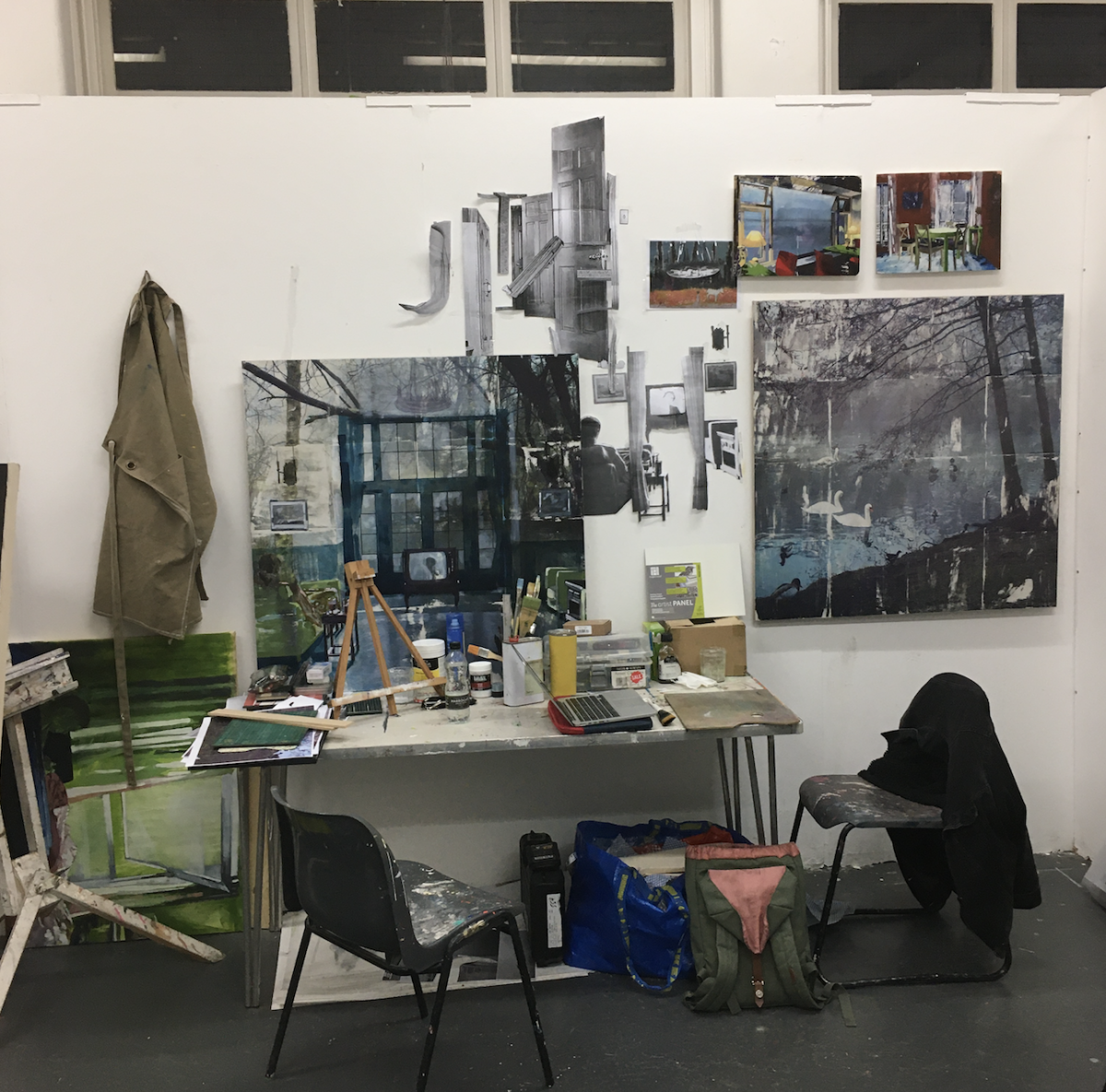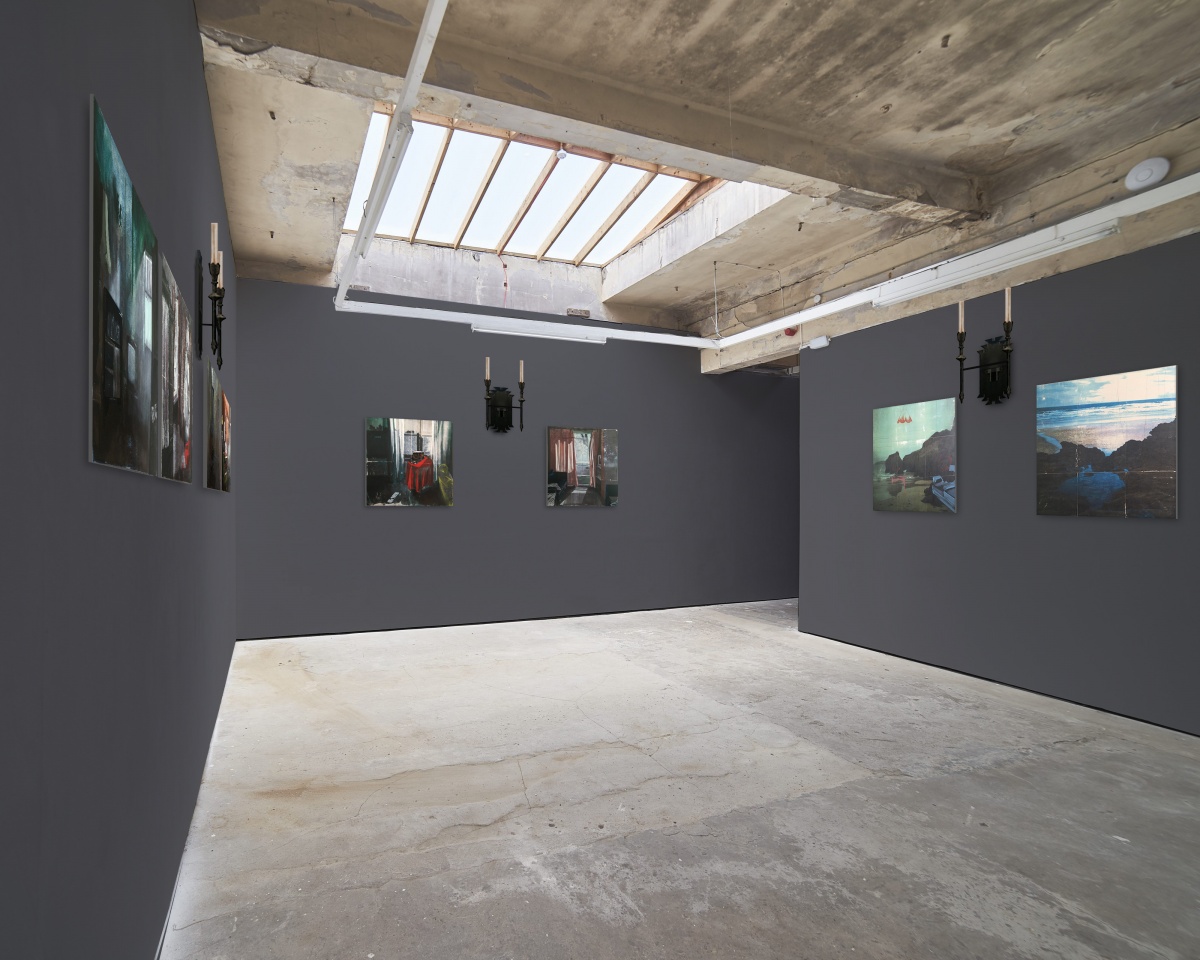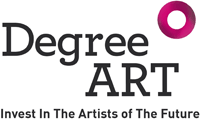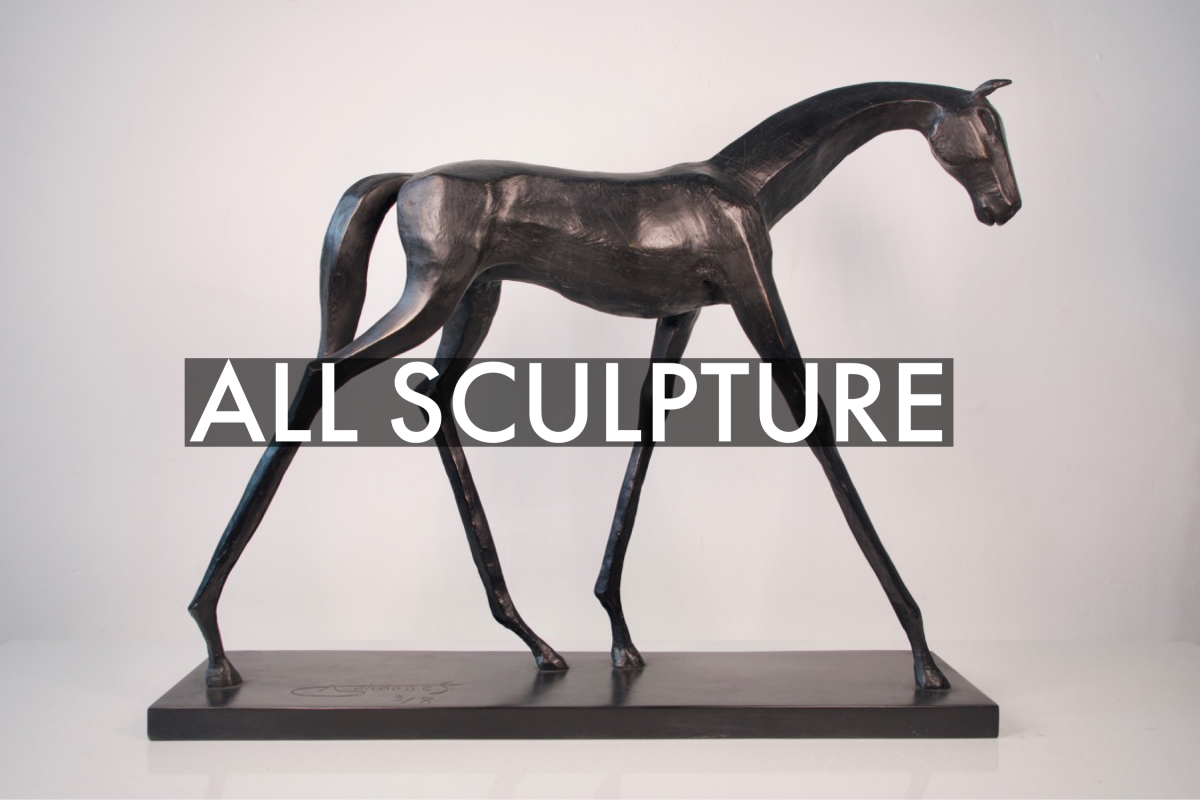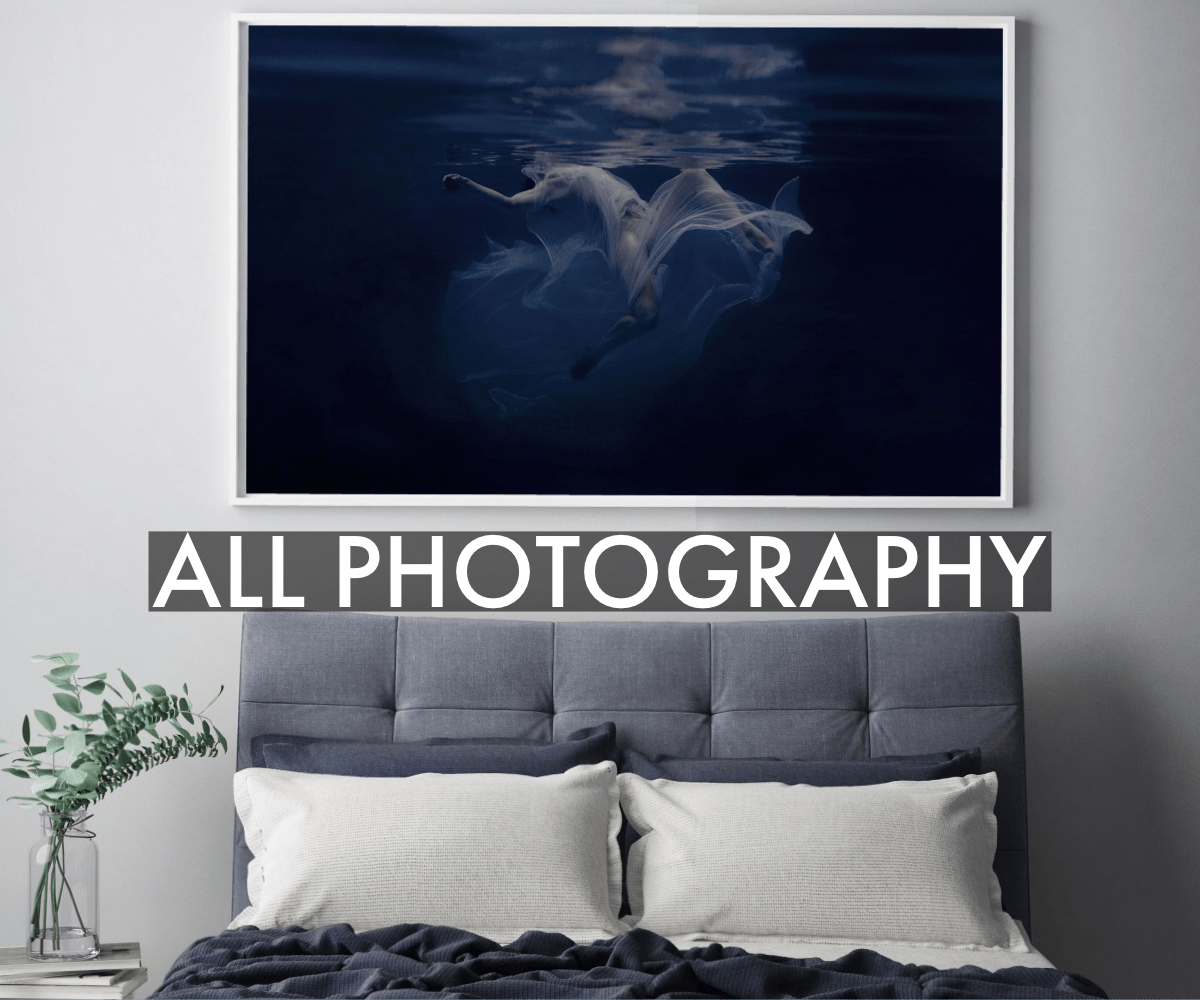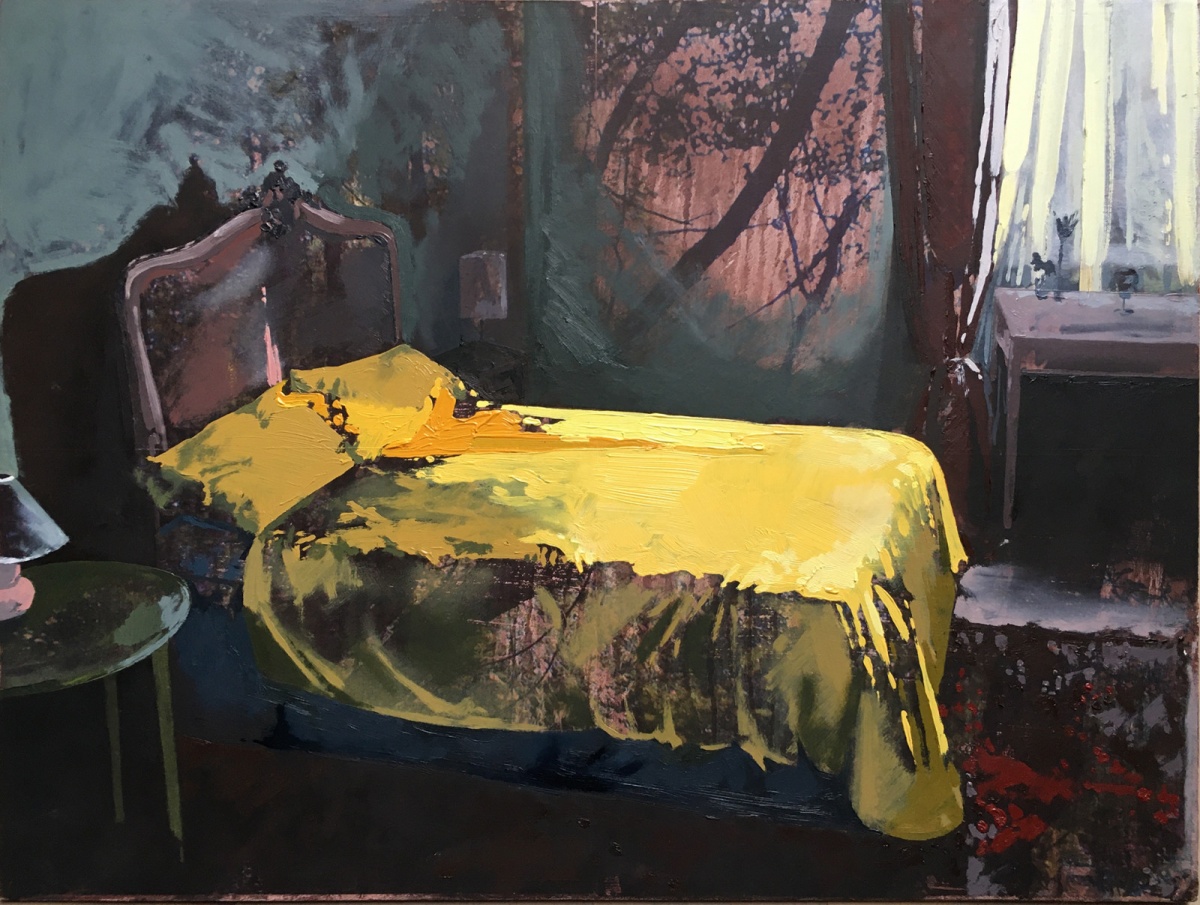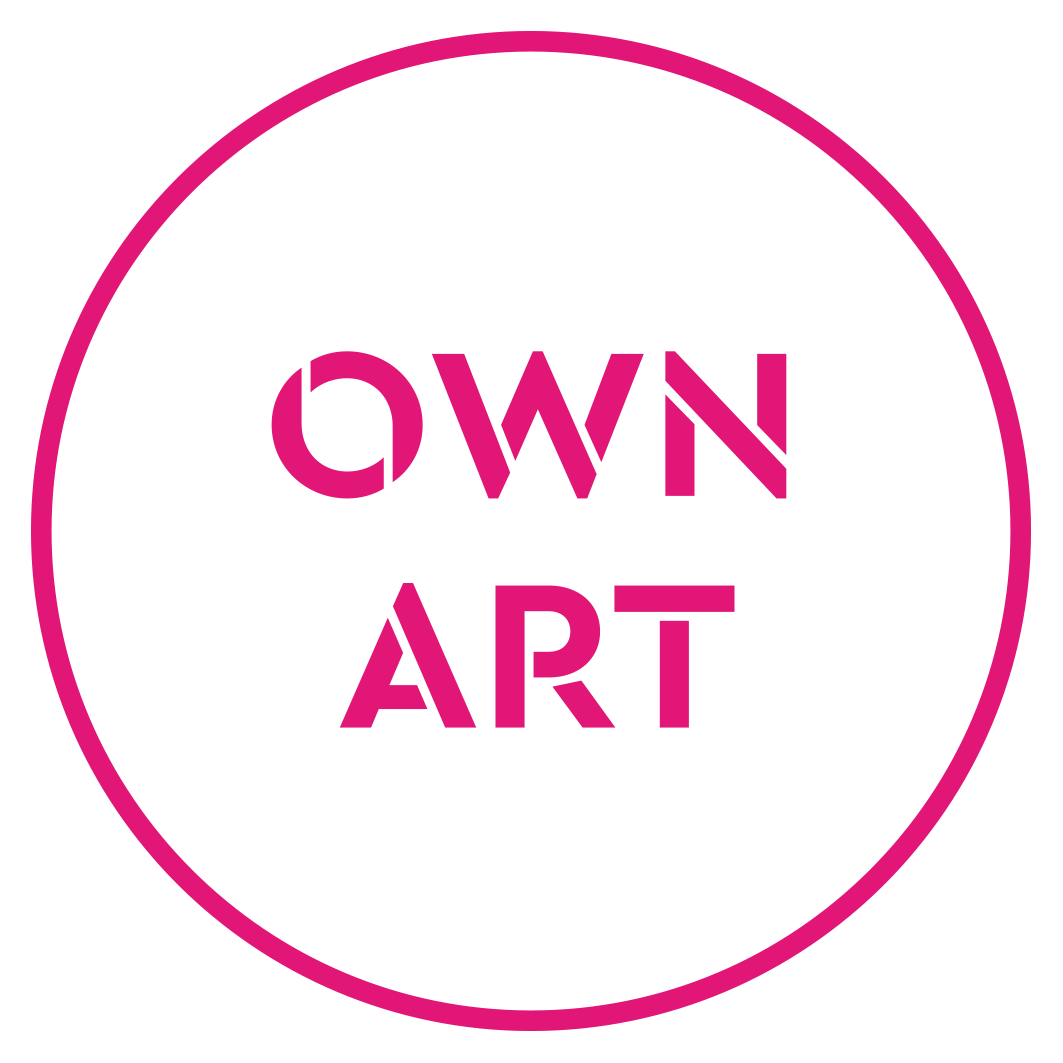Olive Curran's paintings are created using a combination of textured brushstrokes, loose washes, photo transferred images and evocative colours, and explore the mundane aspects of contemporary domestic life. Olive's work involves the process of photo transfer, a technique in which she encourages flaws to be made, such as the misalignment of the grid of images or the image rubbing off in places. She combines this technique with expressive gestures in oil paint exploring how the outside merges with the painted interior. The painted layer is strongly inspired by found imagery of melancholic and nondescript interiors, mainly stills from films made in the 70s and 80s, and dramas set in that period. Olive starts by combining the found image with her own photographs of intriguing interiors, manipulating colour and composition so that the two images become indistinguishable from each other, using this as reference for her painting. Olive's intention is for these paintings to read like cinematic transitions, with the impression that the scene is in the midst of things, a moment has passed or is just about to happen.
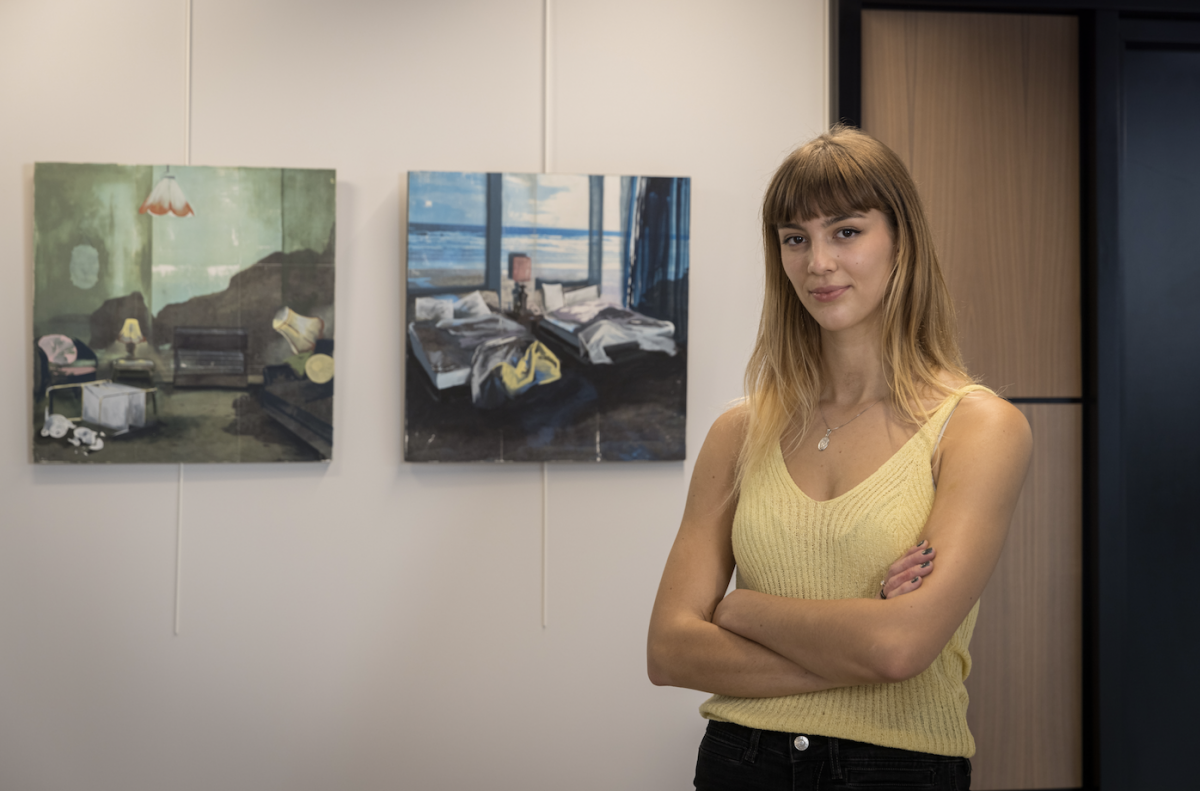
1) Which art movement do you consider most influential on your practice?
Post-Impressionism and the Nabis movements would probably be the ones that influence my work the most.
2) Where do you go and when to make your best art?
I have a particular interest in the ordinary and mundane. I get a lot of my inspiration from found imagery, mainly films made in the 70s and 80s, and dramas set in that period. I also take inspiration from photos in my camera roll. I photograph things I see in everyday life, belongings abandoned in a hurry, objects out of their intended position, things we typically overlook. Everyday I’m collecting inspiration for potential paintings.
3) How do you describe your 'creative process'?
I start by collaging together found imagery with my own photography of intriguing interiors, manipulating colour and composition so that the two images become indistinguishable from each other, using this as a starting point for my painting. I then work quite spontaneously, constantly changing composition and colours as I go along. I quite often have multiple paintings on the go, I find that it’s important to be able to step away from your artwork for several days and then come back to it with a fresh eye.
4) Which artist, living or deceased, is the greatest inspiration to you?
I don't have one artist in particular, but I have picked up a lot of painting techniques from studying artists such as Walter Sickert, Pierre Bonnard, and David Milne. I am also drawn to contemporary artists such as George Shaw and Mamma Andersson for their paintings devoid of people, and Andrew Cranston for the use of everyday photography to tell a story in his painting.
5) What do you listen to for inspiration?
I have always had an interest for film and television. Post production, specifically Picture grading is something I'm really interested in at the moment.
6) If your dream museum or collection owner came calling, which would it be?
I typically like to listen to podcasts while I paint. I also have a playlist of music on Spotify that helps me relax and get in the zone.
7) If you could own one artwork, and money was no object, which piece would you acquire?
It would definitely be “Chicken” by Walter Sickert. I have always found this painting fascinating and I was lucky enough to see it exhibited a couple of months ago at the Piano Nobile Gallery.
8) If your dream museum or collection owner came calling, which would it be?
It would have to be the Musée d’Orsay In Paris alongside Vuillard and Bonnard’s paintings. The deep-coloured walls the paintings are exhibited on would suit my work well I think.
9) What is your key piece of advice for artists embarking on a fine art or creative degree today?
Don't be afraid to put your Art out into the world. Don’t let rejection stop you from your future endeavors, instead ask yourself what you can do going forward and learn from the experience.
10) What is your favourite book of all time (fiction or non fiction)?
My two favourite books are “My absolute Darling” by Gabriel Tallent, and “Atonement” by Ian Mcewan. Both are really wonderfully written.
11) If you could hang or place your artwork in one non traditional art setting, where would it be?
Maybe on some sort of film set. I’ve always been interested in exhibiting my artwork alongside furniture and objects from the period they are set in.
12) What was the biggest lesson your university course or time studying taught you?
University helped me to discover my own style and method of painting. The work I create now is still so influenced by the work I cerated at university.
13) And finally, if we were to fast forward 10 years, where would we find you?
I would love to become a full time artist with my own studio space and I’d love to own a gallery at some point.
Learn more about Olive and discover her collection of paintings.

